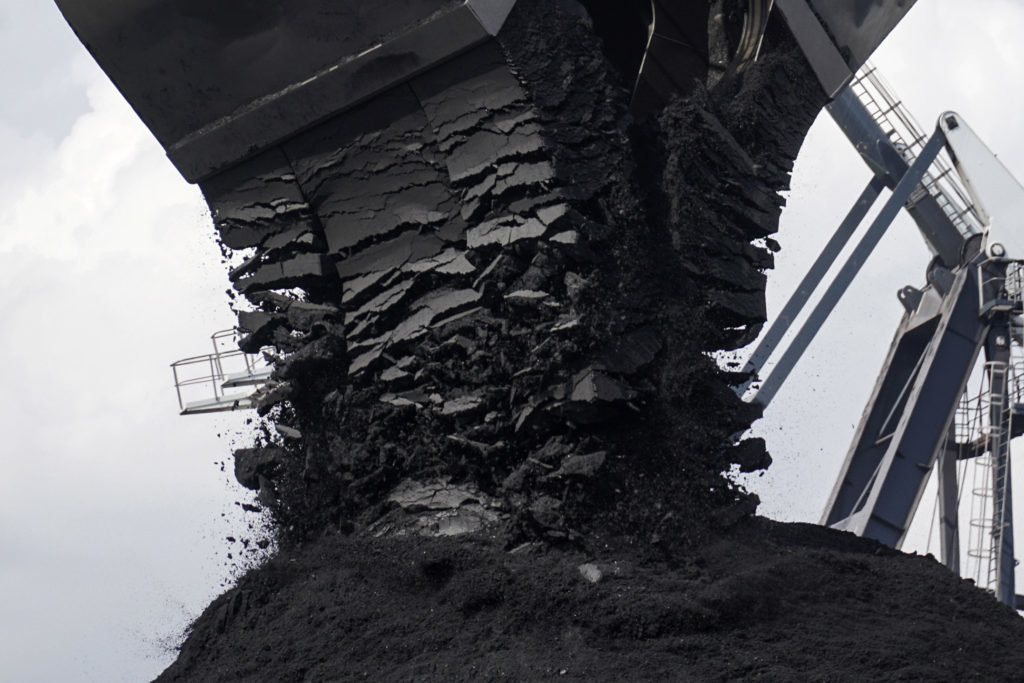
What was meant to be a summer party for coal is quickly turning into something more of a hangover.
Even with China’s peak demand season in full swing as hot weather boosts air-conditioning use, benchmark spot prices have retreated in five of the previous six weeks, while futures posted the biggest monthly loss in more than a year after sliding below 600 yuan ($87.94) a metric ton.
Coal has retreated after a heat wave in May and June sent prices to nearly 700 yuan and spurred the world’s largest user and producer to warn it may run short of power this summer. But now, as mine inspections end, port inventories jump and higher hydropower supply restricts coal demand, analysts from Morgan Stanley to Daiwa Securities Group Inc. are predicting further weakness.
“Expectations that record coal burn at power plants would cause shortages and boost prices are going up in smoke,” said Zeng Hao, an analyst at Shanxi Fenwei Energy Information Services Co.
Thermal coal futures on the Zhengzhou Commodity Exchange slumped 1 percent to 586.8 yuan a ton on Tuesday, taking declines in July to 9.4 percent, the most since April 2017. Spot prices at Qinhuangdao port have fallen about 5 percent this month to 646 yuan as of July 23, according to China Coal Resource.
Heavy rainfall across China is contributing to coal’s losses as it lowers temperatures and adds to competing hydropower supply, according to a note from Morgan Stanley received Monday. Prices are forecast to drop 5 percent this year, analysts including Simon H. Y. Lee said.
Daiwa Capital also highlighted that current prices are weaker than expected for the traditional peak season for demand when they cut their target for China Shenhua Energy Co. by 19 percent and downgraded the stock to hold from outperform. There’s sufficient inventory at the ports and power plants, analysts including Dennis Ip wrote.
Adding further headwinds is the spontaneous combustion of stockpiles at some northern ports, which are spurring traders to sell their holdings at lower prices amid safety concerns, according to China Coal Resource and brokerage Shanghai Cifco Futures Co. Last week, inventories across mainland ports climbed 5.2 percent to the highest since November 2015, according to Shanghai Steelhome E-Commerce Co.
Prices will probably sink below 570 yuan in the second half of the year, a level targeted by the government, Li Xuegang, vice general manager at China Coal Market website, said earlier this month. That’s partly due to a series of measures announced by policy makers in May to cool prices, including improving transport capacity and boosting output from efficient mines.
“We do not expect the coal price to see a large upside in August,” Daiwa analysts said in the note. “It may see a more significant decline in the low demand season of September to October.”
Recommended for you
